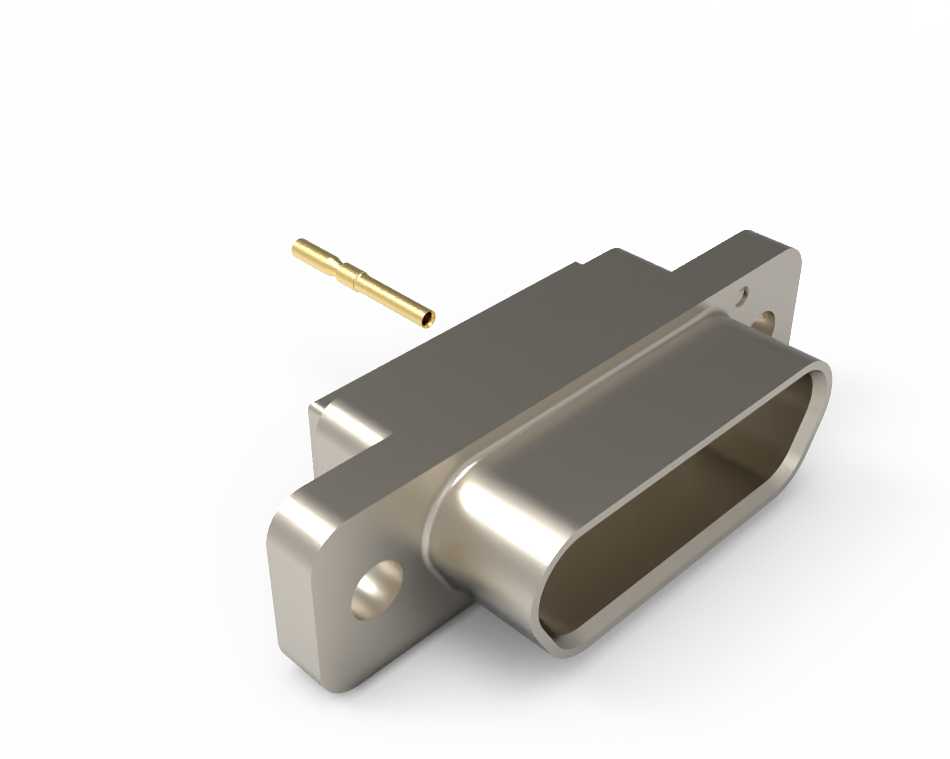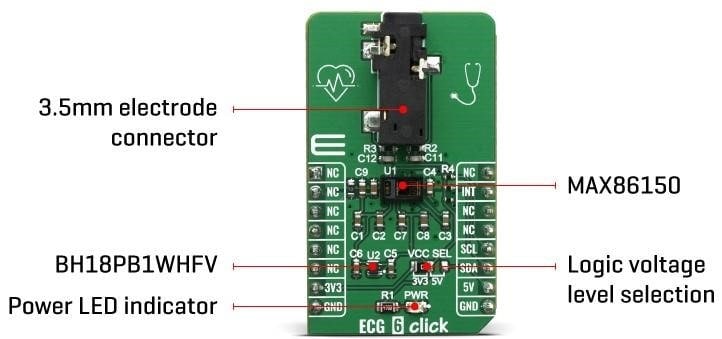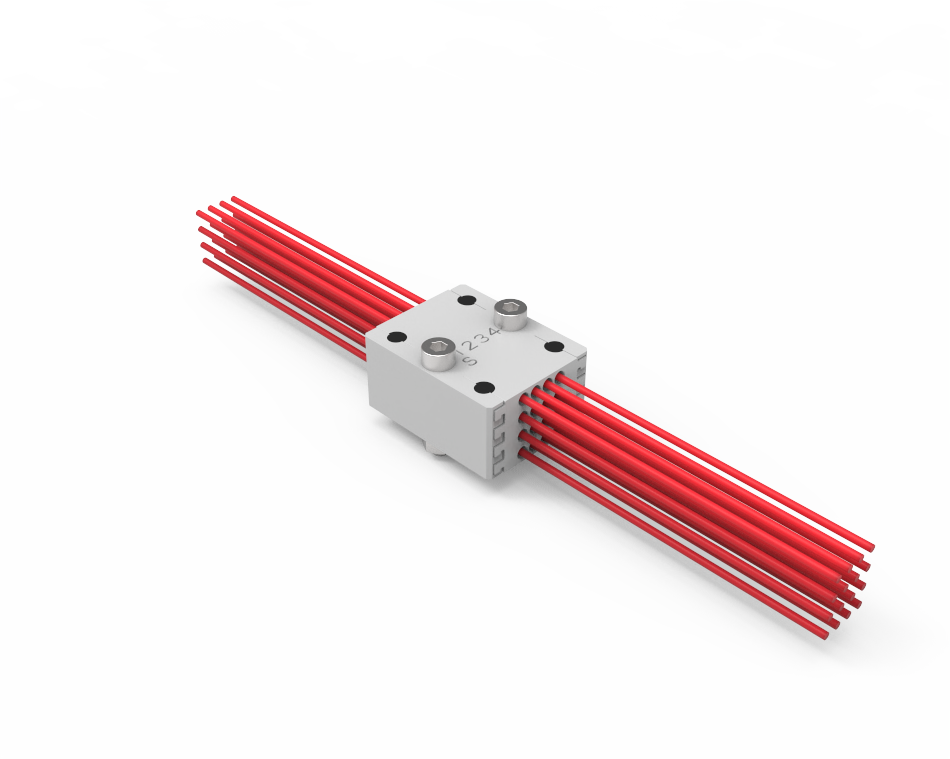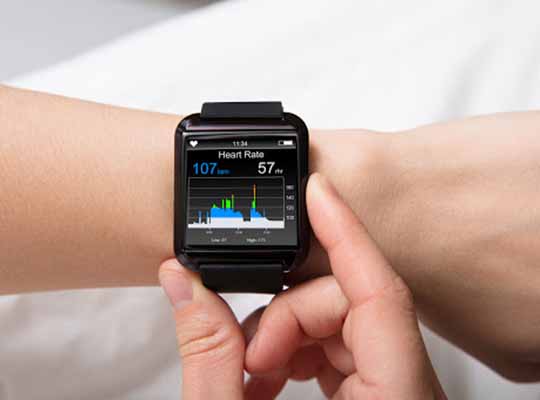Billions of sensors monitor patients in hospitals and clinics around the world. Even before the COVID-19 pandemic hit, healthcare had extended, up to a point, beyond medical facilities and to homes and workplaces. The slow shift to more remote monitoring, care and treatment, rapidly accelerated in the notorious spring of 2020.
From a design and development perspective, companies developing applications for first responders, seniors and fitness face the same challenges and requirements. One of the major product groups for collecting health or fitness data are smartwatches or fitness wristbands. The Apple Watch is equipped with a built-in heart-rate sensor, which uses infrared and visible light LEDs and photodiodes. It also uses a position and acceleration sensor for detecting movement. Other manufacturers employ similar technology. Here’s a look at the various sensor solutions designed for healthcare monitoring.
Developing a Wearable Health Monitor
Designing power circuitry for smartwatches and other wearables can be a challenge because of today’s consumer expectations, which include additional functionality, longer battery life, and smaller size.
The SmartWatch Solution by Toshiba provides a reference design based on Toshiba discrete components, selected to get more performance in a smaller package (Figure 1). Toshiba offers an extensive portfolio of components such as tiny MOSFETs, diodes, and transistors in addition to feature-rich integrated circuits such as low dropout regulators (LDO) regulators, load switches, and the smart eFuse IC, all designed to increase available board space, reduce passive current consumption, and to ensure long battery life.

Figure 1: Block diagram of Toshiba’s Smart Watch solution, a reference design based on Toshiba discrete components, selected to get more performance in a smaller package. (Source: Mouser Electronics)
It doesn’t have to be a full-featured smartwatch. Whatever the final design should look like, sensor fusion is the key to wearable health monitors. A good starting point for developing is a MikroE sensor Click board, such as the ECG 6 Click used for the development of electrocardiogram (ECG) and heart-rate applications (Figure 2). The click features the Maxim Integrated MAX86150 Reflective Heart-Rate Monitor and Medical-Grade Pulse Oximeter. The board contains an integrated ECG, pulse oximeter, heart-rate monitor sensor module. The ECG 6 Click is suitable for fitness assistant devices, wearable devices, smartphones, and tablets.

Figure 2: The MikroE ECG Click board is used for the development of electrocardiogram and heart-rate applications. (Mouser Electronics)
The Bio-Sensor Module MAX86150 by Maxim Integrated delivers both photoplethysmogram (PPG) and ECG measurements in a single integrated package. It combines internal LEDs, photodetectors, and an ECG Analog Front-End (AFE) to provide FDA-certifiable PPG and ECG performance in compact, power-saving designs. The ECG functionality is optimized for Dry Electrode Operation.
Two different functions–pulse oximetry, and heart-rate monitoring–integrate on the MAX30102 sensor. The device includes internal LEDs, photodetectors, optical elements, and low-noise electronics with ambient light rejection.
The sensor can be evaluated using the MAX30102 Evaluation Kit , a combination of the motherboard USBOSMB and the daughterboard MAX30102DBEVKIT that includes the MAX30102 and an accelerometer (Figure 3). The evaluation kit is powered by the USB supply to generate +1.8V for the sensor and +4.5V for the internal LEDs of the MAX30102, and +3.3V for the accelerometer.

Figure 3: MAX30102 Evaluation Kit is powered by the USB supply to generate +1.8V for the sensor and +4.5V for the internal LEDs of the MAX30102, and +3.3V for the accelerometer. (Mouser Electronics)
Medical Data in the Cloud?
Collecting data is only the first step. To make use of them, it needs to be transmitted and interpreted, either by a human doctor or artificial intelligence. As in many other applications, cloud-based solutions can be the way to go. There are advantages, but also considerable barriers to the adoption of cloud computing in healthcare. The most significant setback to cloud adoption is the possible security risk associated with it. Patient data is inherently sensitive, and cloud-hosted healthcare data needs to be safeguarded. Encryption of data, use of security keys for access, and using blockchain for securing data are ways healthcare organizations can ensure the security of sensitive patient data.
Healthcare data and related applications have to comply with several data regulation laws such as HIPAA, HITECH, and GDPR. Healthcare providers have to ensure compliance with cloud-hosted data, which is not an easy task.

About the author: As Technical Content Specialist, Marcel is the internal contact person for technical questions in Mouser’s EMEA marketing team. Originally a physicist, he used to work as editor for special-interest magazines in electronics. In real life, he’s juggling two kids with too many chromosomes, a penchant for electronic gadgets and a fondness of books and beer. Until now, none has dropped.















